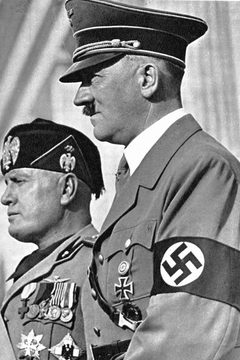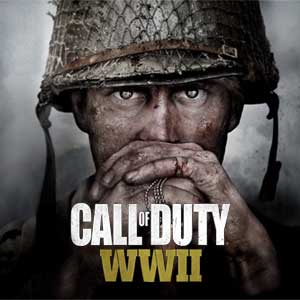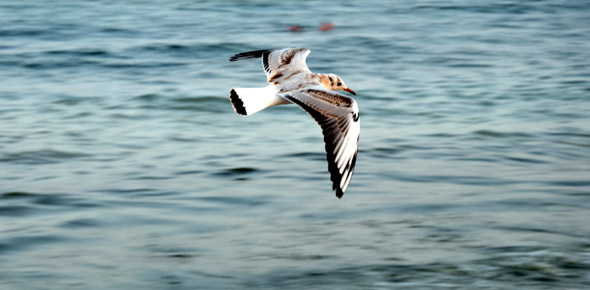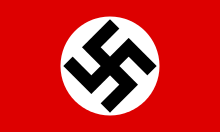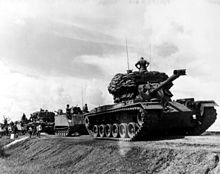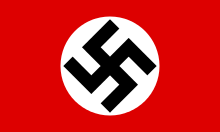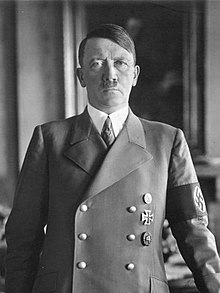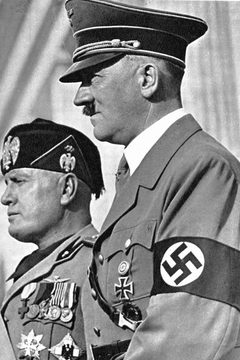What Do You Know About WW2?

World war 2 was recorded as the most bloody incident that has ever occurred in the history of the world. Many studies have been done on its aftermath effect. Take this quiz to know more about it.
- 1.
What is the full meaning of WW2?
- A.
World wide web
- B.
World web wide
- C.
World war 2
- D.
World war 23
Correct Answer
C. World war 2Explanation
The correct answer is "world war 2". WW2 stands for World War 2, which was a global conflict that took place from 1939 to 1945. It involved many countries and resulted in significant loss of life and widespread destruction. The term "world war" refers to a large-scale war involving multiple nations, and the number "2" indicates that it was the second major global conflict of the 20th century, following World War 1.Rate this question:
-
- 2.
When did the world war 2 start?
- A.
1938
- B.
1939
- C.
1940
- D.
1941
Correct Answer
B. 1939Explanation
World War 2 started in 1939. This is historically accurate as it was triggered by the invasion of Poland by Germany on September 1, 1939. This invasion led to a series of events that resulted in the global conflict known as World War 2.Rate this question:
-
- 3.
When did the world war ended?
- A.
1945
- B.
1946
- C.
1947
- D.
1948
Correct Answer
A. 1945Explanation
The correct answer is 1945 because World War II officially ended on September 2, 1945, with the signing of the Japanese Instrument of Surrender aboard the USS Missouri. This marked the end of the war, which had started in 1939.Rate this question:
-
- 4.
The world war is generally said to have begun with the invasion of Poland by Nazi ____________
- A.
Korea
- B.
France
- C.
Germany
- D.
Japan
Correct Answer
C. GermanyExplanation
The correct answer is Germany because during World War II, Nazi Germany, led by Adolf Hitler, invaded Poland on September 1, 1939. This invasion was a significant event that marked the beginning of the war. Germany's aggression towards Poland was a violation of international agreements and led to the subsequent declarations of war by France and the United Kingdom.Rate this question:
-
- 5.
During the WW2, when was Germany and Italy defeated in North Africa?
- A.
1943
- B.
1944
- C.
1942
- D.
1941
Correct Answer
C. 1942Explanation
In 1942, Germany and Italy were defeated in North Africa during World War 2. This was a significant turning point in the war as it marked the first major defeat for the Axis powers. The defeat came after a series of battles known as the Western Desert Campaign, where the British forces, led by General Bernard Montgomery, successfully pushed back the German and Italian forces under the command of General Erwin Rommel. The victory in North Africa paved the way for the Allied invasion of Italy and ultimately contributed to the overall defeat of the Axis powers in the war.Rate this question:
-
- 6.
During which period was the German Empire dissolved?
- A.
1916-1917
- B.
1914-1916
- C.
1918–1919
- D.
1915-1916
Correct Answer
C. 1918–1919Explanation
The German Empire was dissolved during the period of 1918-1919. This was the aftermath of World War I, where Germany was defeated and faced political and social unrest. The empire was officially dissolved with the abdication of Kaiser Wilhelm II and the signing of the Treaty of Versailles in 1919, which imposed harsh terms on Germany and led to the establishment of the Weimar Republic. This period marked the end of the German Empire and the beginning of a new era in German history.Rate this question:
-
- 7.
In what year did Adolf Hitler made an unsuccessful overthrow of the German government?
- A.
1923
- B.
1924
- C.
1925
- D.
1926
Correct Answer
A. 1923Explanation
In 1923, Adolf Hitler attempted to overthrow the German government in an event known as the Beer Hall Putsch. This failed coup d'état took place in Munich and was an early attempt by Hitler and the Nazi Party to seize power. The putsch ultimately failed, resulting in Hitler's arrest and imprisonment.Rate this question:
-
- 8.
In what year did Adolf Hitler became the Chancellor of Germany?
- A.
1932
- B.
1933
- C.
1934
- D.
1936
Correct Answer
B. 1933Explanation
Adolf Hitler became the Chancellor of Germany in 1933. This is the correct answer because after the Nazi Party won a significant number of seats in the German Parliament in the 1932 elections, President Paul von Hindenburg appointed Hitler as Chancellor on January 30, 1933. This marked the beginning of Hitler's rise to power and his eventual establishment of a totalitarian regime in Germany.Rate this question:
-
- 9.
What year did France and Italy formed the Stresa Front during the ww2?
- A.
1932
- B.
1935
- C.
1933
- D.
1934
Correct Answer
B. 1935Explanation
In 1935, France and Italy formed the Stresa Front during World War II. This alliance was established in response to Germany's violation of the Treaty of Versailles by rearming and remilitarizing the Rhineland. The Stresa Front aimed to maintain peace and stability in Europe by opposing further German aggression. However, the alliance eventually collapsed due to Italy's invasion of Ethiopia in 1935 and its subsequent alignment with Nazi Germany.Rate this question:
-
- 10.
What year did Germany and Italy agree to form the Rome–Berlin Axis?
- A.
1936
- B.
1937
- C.
1938
- D.
1939
Correct Answer
A. 1936Explanation
In 1936, Germany and Italy agreed to form the Rome-Berlin Axis. This alliance was a political and military agreement between the two countries, led by Adolf Hitler and Benito Mussolini. The agreement aimed to strengthen their cooperation and support each other's expansionist ambitions. The Rome-Berlin Axis marked an important step towards the formation of the Axis Powers, which also included Japan, and ultimately led to the outbreak of World War II.Rate this question:
-
Quiz Review Timeline +
Our quizzes are rigorously reviewed, monitored and continuously updated by our expert board to maintain accuracy, relevance, and timeliness.
-
Current Version
-
Aug 31, 2023Quiz Edited by
ProProfs Editorial Team -
Nov 01, 2017Quiz Created by
Jaksiboy
 Back to top
Back to top



